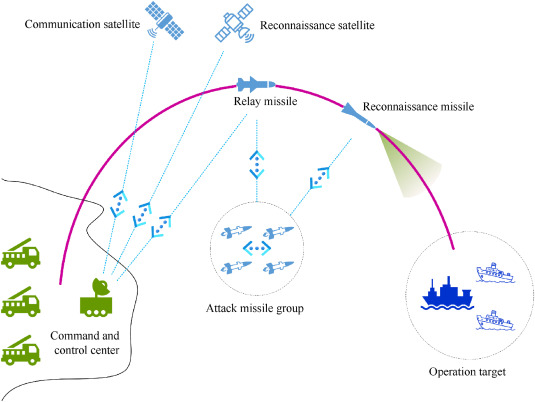El problema de la Asignación de Objetivos Múltiples (Multi-target Assignment. MTA) resulta un desafío crucial para los elementos de Comando y Control. el planeamiento de las operaciones y la investigación enfocada en las operaciones militares. En los últimos años se han realizado numerosos estudios en relación con los diferentes dominios de empleo (Aire, mar, tierra, espacio y electrónico) de los medios de ataque y defensa. El presente trabajo recopila y realiza un análisis bibliométrico de 463 trabajos de investigación publicados sobre MTA en la base de datos Scopus. El estudio proporciona además, una descripción general de las técnicas de clasificación y modelado del problema de MTA y se revisan los algoritmos de solución desarrollados a la fecha.
Abstract
The multi-target assignment (MTA) problem, a crucial challenge in command control, mission planning, and a fundamental research focus in military operations, has garnered significant attention over the years. Extensively studied across various domains such as land, sea, air, space, and electronics, the MTA problem has led to the emergence of numerous models and algorithms. To delve deeper into this field, this paper starts by conducting a bibliometric analysis on 463 Scopus database papers using CiteSpace software. The analysis includes examining keyword clustering, co-occurrence, and bursts, with visual representations of the results. Following this, the paper provides an overview of current classification and modeling techniques for addressing the MTA problem, distinguishing between static multi-target assignment (SMTA) and dynamic multitarget assignment (DMTA). Subsequently, existing solution algorithms for the MTA problem are reviewed, generally falling into three categories: exact algorithms, heuristic algorithms, and machine learning algorithms. Finally, a development framework is proposed based on the “HIGH” model (high-speed, integrated, great, harmonious) to guide future research and intelligent weapon system development concerning the MTA problem. This framework emphasizes application scenarios, modeling mechanisms, solution algorithms, and system efficiency to offer a roadmap for future exploration in this area.
![]() Fuente: https://www.sciencedirect.com
Fuente: https://www.sciencedirect.com


